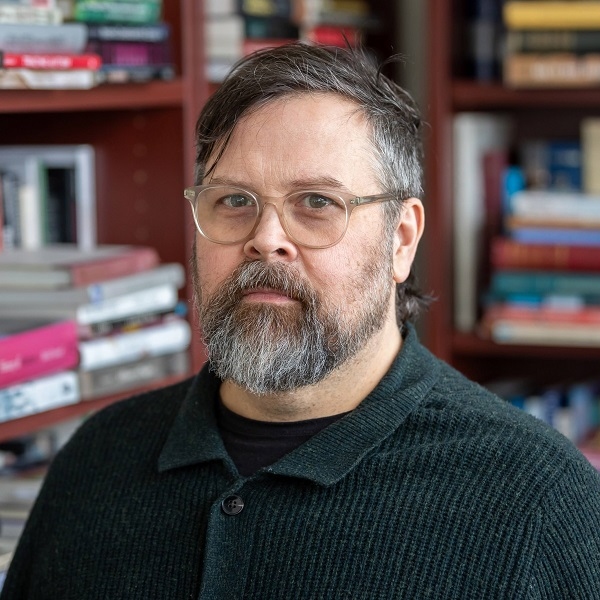In science fiction films, space stations are often portrayed as sterile, antiseptic environments, but thanks to recent research from a team of scientists from McGill and the Université de Montréal, we know that the International Space Station is home to all sorts of microbial lifeforms.
“We’ve discovered a more diverse bacterial ecosystem that we never expected,” says Emmanuel Gonzalez, a bioinformatics specialist with McGill’s Department of Human Genetics.
Gonzalez and his research partners have been working to provide a clearer understanding of the types of bacteria that exist in various sections of the ISS, where maintaining a sparkling clean environment is a priority in protecting the health and safety of the astronauts on board.
The scientists found that the bacteria present in the crews’ sleeping quarters (the Harmony module) differed from that of the United States crews’ lab area (the Destiny module).
“The real novelty here was that previous research investigating bacteria on the ISS found no differences between the modules,” says Gonzalez.
The bacteria found in crew sleeping quarters primarily originates from the human gastrointestinal tract; the U.S. laboratory section of the ISS was another story altogether.
While past studies have described similar types of bacteria across divisions of the space station, Gonzalez and the rest of the team were able to deduce that the lab area was inhabited by microbes which came from foreign organisms (in other words, not human) introduced to the ISS for research purposes, including plants and mice.
“It seems that any organisms we take into space bring along their microbiomes which, therefore, have the opportunity to persist off-world,” says Gonzalez.
The more precise tracking of the types of bacteria that exist on the ISS was made possible by a new genomic methodology called ANCHOR that Gonzalez and his partners developed.
ANCHOR uses paired-end sequencing to provide more accurate identification of microbes at the species level.
The findings laid out by Gonzalez and his collaborators could have big implications for the way in which maintenance and cleaning of spacecraft is performed by their inhabitants moving forward. The adapted safety standards and strategies would be “essential to enable long-term missions, such as a manned mission to Mars,” explains Gonzalez.
Space isn’t the only place where the team’s work using ANCHOR could have a major impact. Other areas that could benefit include healthcare – ANCHOR is already being explored for its applications in the treatment of fibromyalgia, colorectal cancer, and even back pain – and environmental management. The team is currently examining the usefulness of their methods in relation to municipal wastewater treatment, sustainable composting, and land pollution.


